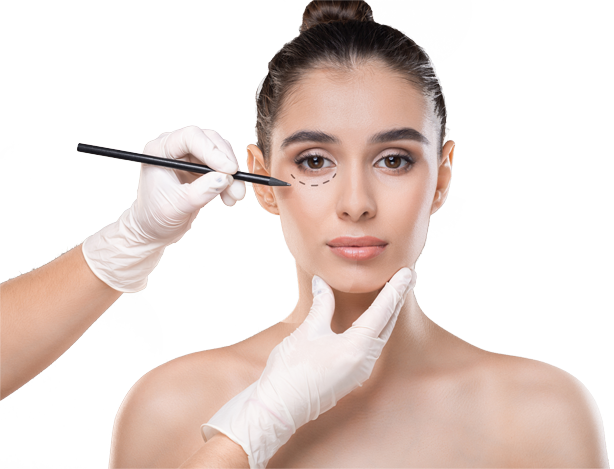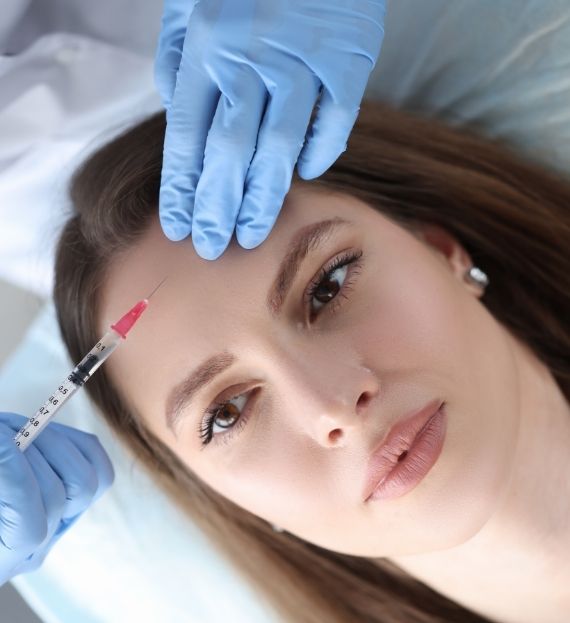Botulinum toxin injections
Most Popular Procedures
Botulinum toxin injections, commonly known as Botox, are a popular cosmetic treatment used to temporarily reduce the appearance of wrinkles and fine lines on the face. The treatment involves injecting a purified form of botulinum toxin into targeted muscles in the face, causing them to relax and smooth out the overlying skin.
Botox is most commonly used to treat wrinkles and fine lines in the forehead, between the eyebrows (glabellar lines), and around the eyes (crow’s feet). The effects of Botox typically last for three to six months before the treatment needs to be repeated.
In addition to its cosmetic uses, Botox is also used to treat a variety of medical conditions, including migraines, excessive sweating (hyperhidrosis), and muscle spasms.
Botulinum toxin injections
Multiple Treatment Options
Botox injections are generally well-tolerated, with minimal discomfort or downtime. Some mild swelling or bruising may occur at the injection site, but this typically resolves within a few days.
While Botox injections are generally considered safe, there are some risks and potential side effects associated with the procedure, including headache, dry mouth, blurred vision, and allergic reactions. It’s important to discuss any concerns or questions with a qualified and experienced cosmetic professional before undergoing the procedure.
Faq
Frequently Asked Questions
A: Botulinum toxin is a neurotoxin produced by the bacterium Clostridium botulinum. It works by temporarily blocking the nerve signals that cause muscle contractions, leading to a relaxation of the muscles and a reduction in the appearance of wrinkles and fine lines.
A: Botox is a brand name for a type of botulinum toxin injection that is commonly used for cosmetic purposes.
A: Botox is most commonly used to reduce the appearance of wrinkles and fine lines in the forehead, between the eyebrows (glabellar lines), and around the eyes (crow's feet). It can also be used to treat medical conditions such as migraines, excessive sweating (hyperhidrosis), and muscle spasms.
A: The effects of Botox typically last for three to six months before the treatment needs to be repeated.
A: While Botox injections are generally considered safe, there are some risks and potential side effects associated with the procedure, including headache, dry mouth, blurred vision, and allergic reaction. It's important to discuss any concerns or questions with a qualified and experienced cosmetic professional before undergoing the procedure.
A: The injections themselves may cause mild discomfort or a sensation of pressure, but the procedure is generally well-tolerated. Some individuals may experience mild swelling or bruising at the injection site.
A: There is typically no downtime associated with Botox injections. Patients can usually resume normal activities immediately after the procedure.
A: It can take up to two weeks to see the full results of Botox injections, with the effects typically lasting for three to six months.






